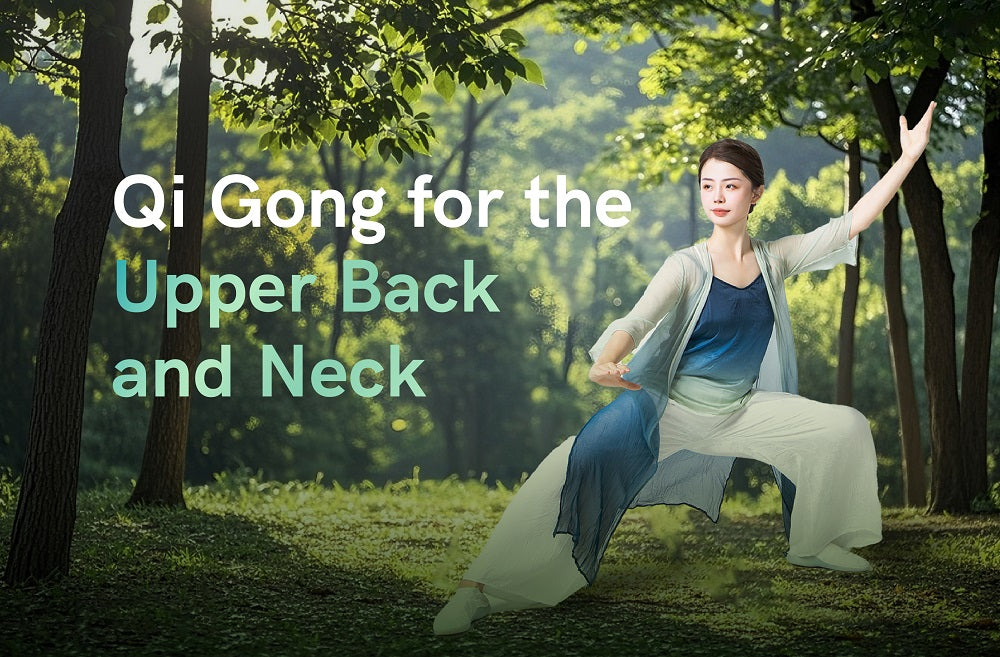
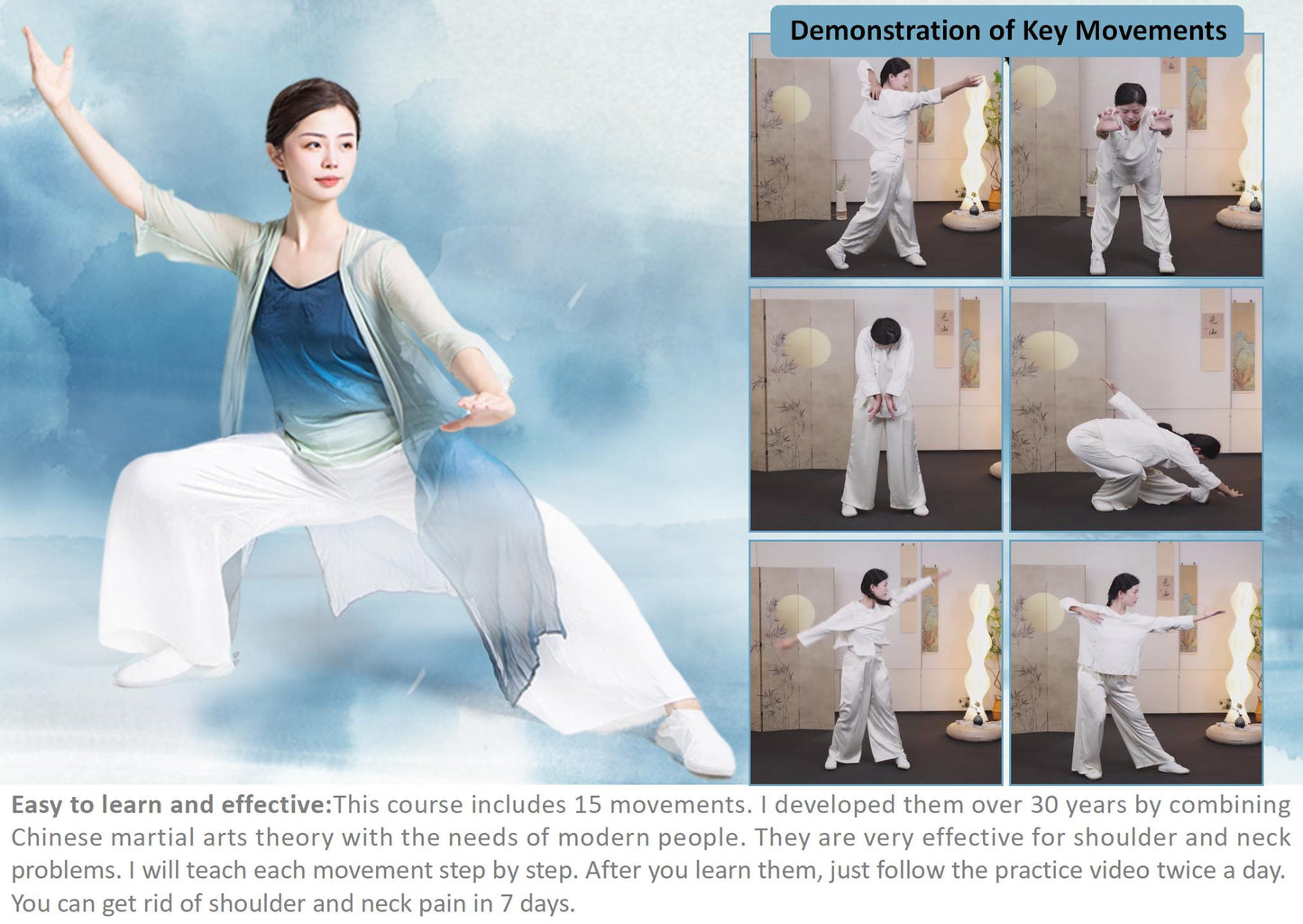
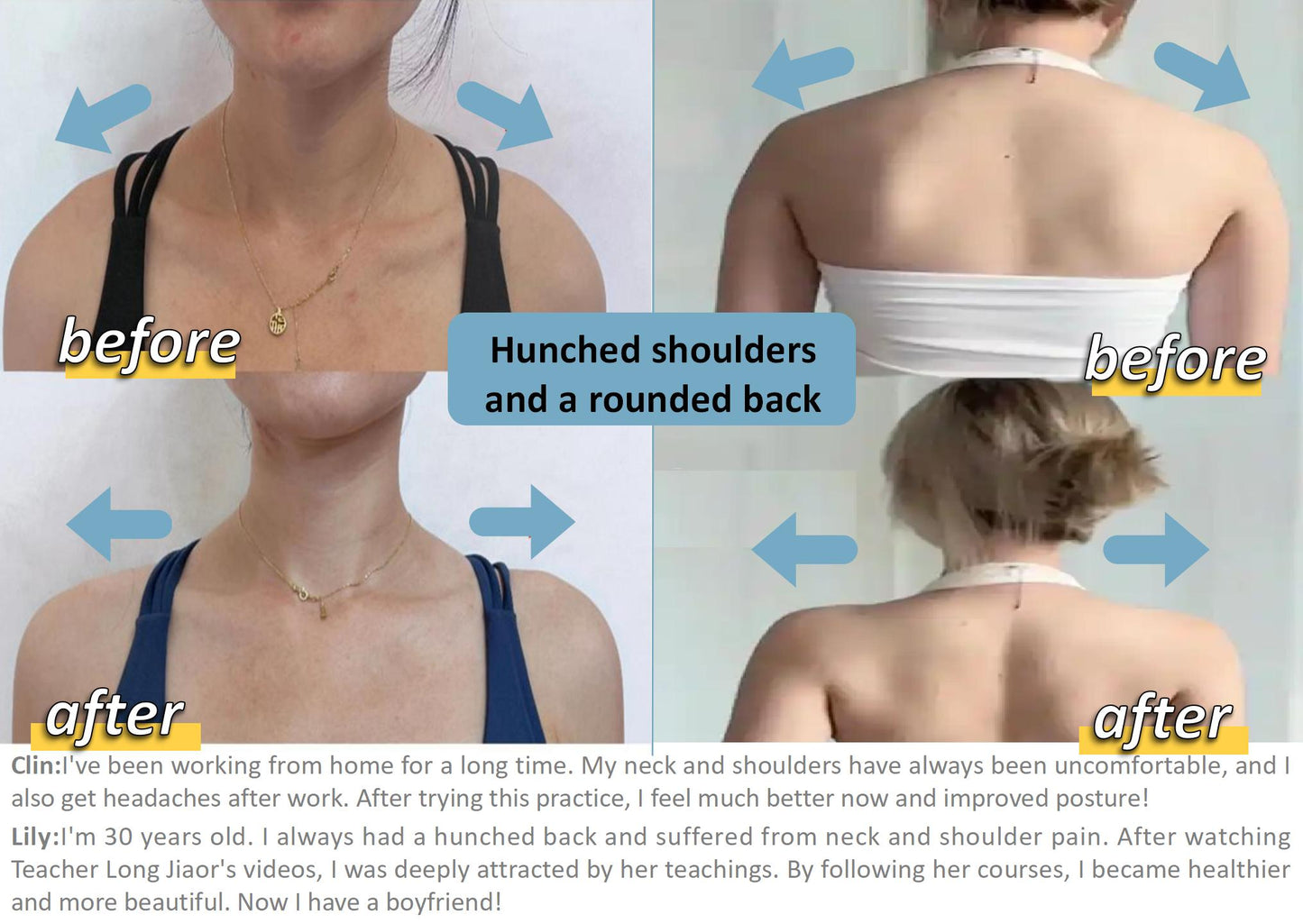
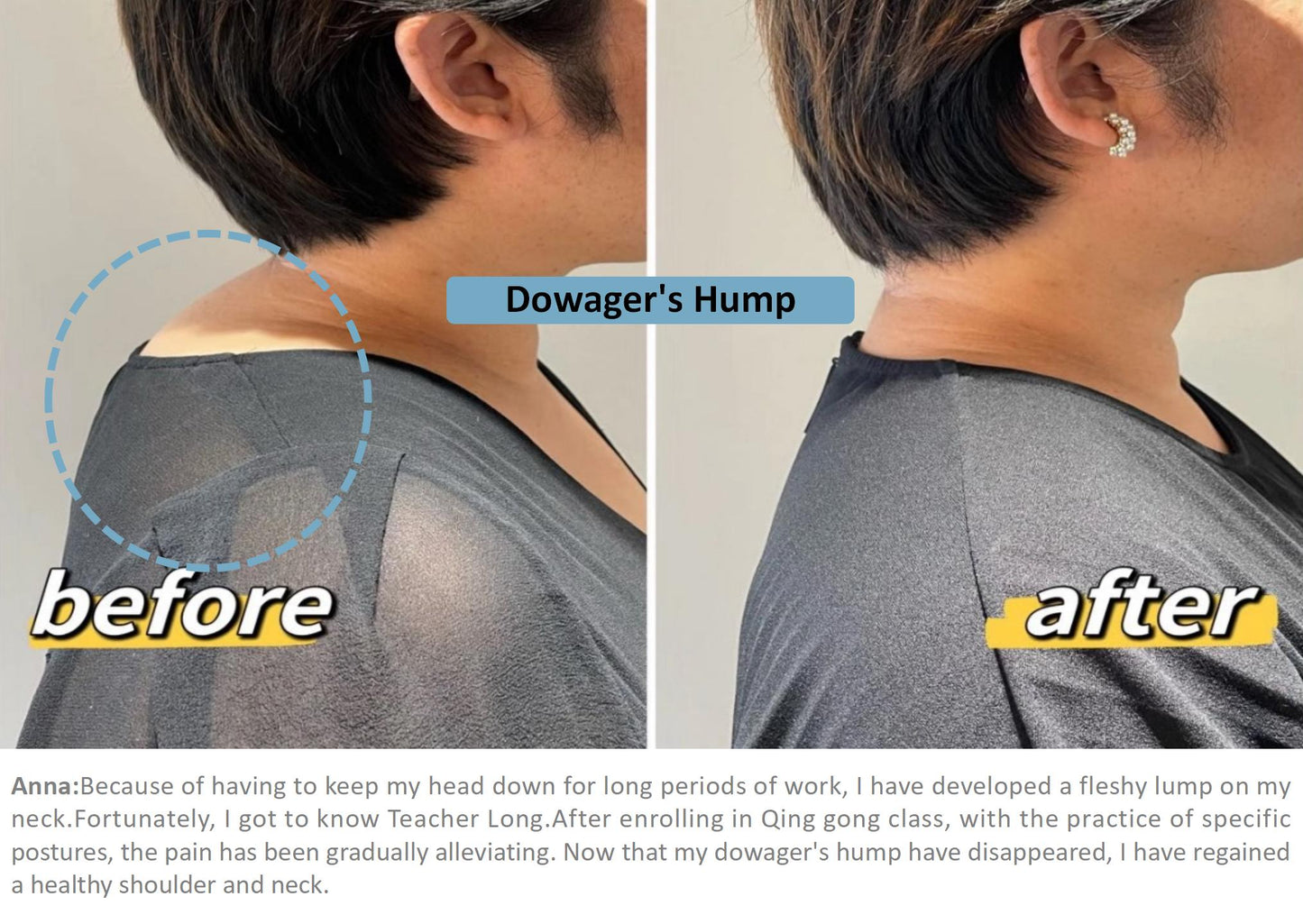
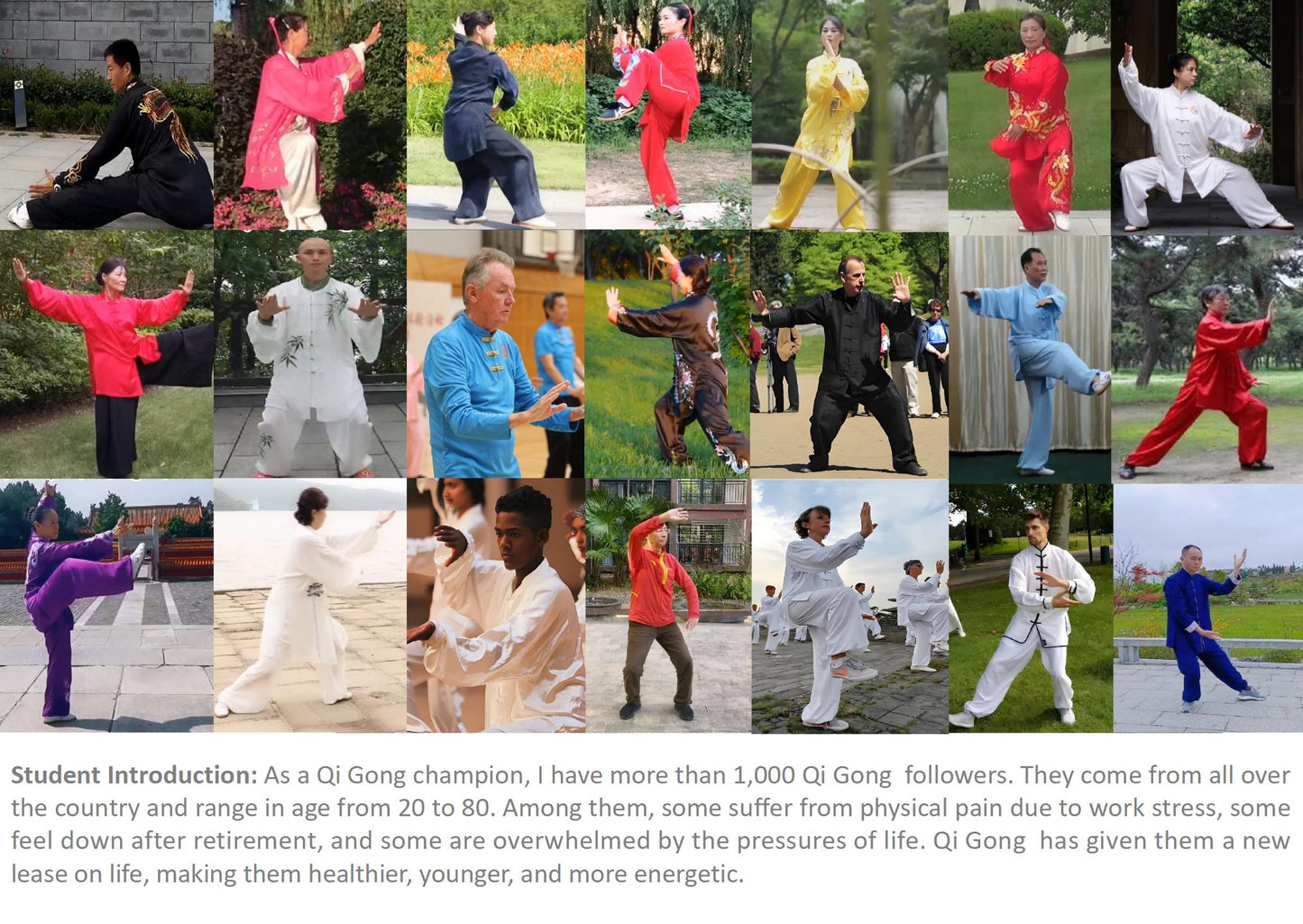
Meet Your Guide: Long Jiaoer
I started learning Tai Chi when I was 5 and won my first Tai Chi championship at 11, kicking off the golden age of my athletic career. Before the World Tai Chi Championship, I injured my ankle while attempting a difficult aerial move. But I didn't want to give up, so I got a nerve block and competed anyway, which helped me secure my last championship trophy.
After I left the competition venue, my coach hugged me excitedly and started planning for the next championship in four years. But looking at my ankle, I knew I had to say goodbye to being an athlete. I needed to make a change, so I applied for retirement.
Life after retirement wasn't as easy and joyful as I'd imagined. Growing up as an athlete was like living in a vacuum. I didn't know how to connect with society. I had to deal with the physical pain from years of intense training, faced betrayal and breakups in relationships, and the exhaustion led to anxiety.
That's when I remembered my mentor, Mr. Yu. When my dad first took me to him to learn martial arts, I don't recall many details from our first meeting, but one thing he said stuck with me. My dad told him how weak I was and how Tai Chi could supposedly make me strong and healthy. Mr. Yu slowly replied, "Tai Chi can heal injuries, but it can also heal the heart." But for me, the complex and difficult Tai Chi moves I'd practiced since childhood hadn't kept me healthy. They'd injured me, didn't help me get along with others, and didn't nourish my spirit. How could it heal my heart
With this question in mind, I went back to my hometown to visit him again. He said that Tai Chi is not about the form, but the energy. Complicated moves can win you championships, but simple moves combined with breath control can truly heal. He told me to forget the complex, difficult moves and rediscover Tai Chi in its simplest form.
After leaving him that day, I picked up Tai Chi again. The gentle, simple moves didn't injure my ankle anymore, and later medical checks showed my old injury was slowly healing.
I also started teaching these simple moves to my friends and family. Since they were easy and effective, everyone could learn them quickly and benefit. It became my bridge to the outside world, healing others and myself.










